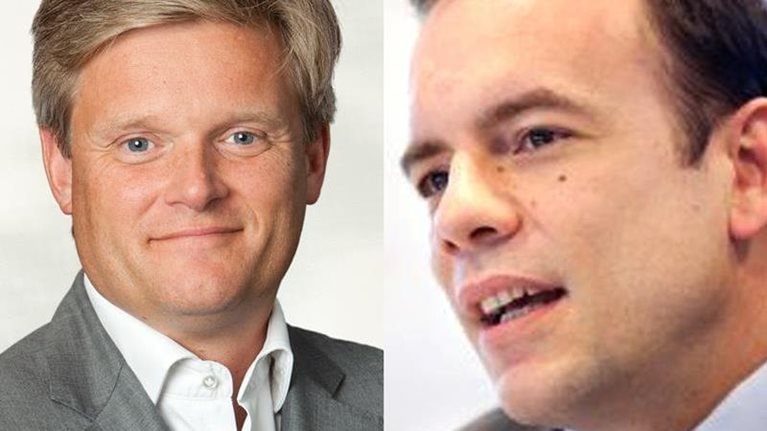The chief data officer (CDO) has emerged as one of the most important leadership positions in an organization. But as one of the more recent additions to the C-suite, the CDO role can be ambiguous and unclear. In this interview, Scott Richardson, the recently appointed CDO of Fannie Mae, discusses the first 100 days in his new role and explores with McKinsey’s Khushpreet Kaur what was needed to shape that role early on in his tenure.
Stay current on your favorite topics
McKinsey: How did you think about the first 100 days of the transformation in your new role as a chief data officer?
Scott Richardson: For me, it was really about getting plugged into the other parts of the organization that I hadn’t previously owned. I had led data delivery—the “getting it done” part of the organization. But the new role now covers a much wider range of functions, including business functions, and is much more focused on both internal and external connections. I spent time traversing the firm on CDO road shows, where I met with the senior leaders of all the different lines of business and the operations and technology groups. I spent my time talking about data and how it can be used to maximum advantage for our customers, our mission, and running our business.
I also spent time externally meeting as many CDOs as I could, opening myself up to best practices and new points of view to inform what we’re doing here. It is fascinating to absorb the different points of view on governance, analytics, and core delivery.

What your business needs to put in place if it wants to be agile, fast, and digital
The first 100 days were also about reconnecting with people who used to be my colleagues and now became my direct reports; I wanted to expedite that transition. I spent a lot of time in the first few weeks having informal team-level meetings. I probably had 15 different one-hour meetings where I’d meet with a group of 20 people.
Everyone was thinking I would tell them about the new strategy, but instead I said, “Hi. I’m Scott. I have a wife and two teenage daughters. Here’s what I do for fun. Tell me about yourself.” We’d go around the room, and people introduced themselves as human beings, not workers; it’s remarkable how everyone truly has a story to tell. I found this incredibly energizing, and it set the stage for us all having a more trusting, human relationship. It has had broader, more positive benefits than I could have imagined.
I held off reorganizing anything for the first couple of months until I learned firsthand the capabilities of the team, received direct feedback from stakeholders, and formed a better sense of what the broader organization needed and where it was on its journey. A couple of months later when the time was right, this allowed me to say with confidence and credibility, “We need to do this, this, and this and do a reorg here and here.”
McKinsey: What kind of leadership support did you have as you were making that transition?
Scott Richardson: The transition was fast. The COO set up one-on-ones with me every two weeks initially and then every month. But even just those 30 minutes were helpful. And he was helpful in terms of letting me know whom I should meet with first and the concerns of the day. He also helped to make sure I was visible, because it’s one thing to do a good job, but you actually need to let people know you are there and fully occupying the position, and that you can help them.
I was also set up with an executive coach who shadowed me for a month, observing nearly all my meetings. The coach would debrief me immediately afterwards on my performance, things they observed, the group dynamic, points to keep in mind. It sounds awful, but I actually enjoyed it. The more senior you become, the less anyone really gives you meaningful feedback, so I treasured it.
McKinsey: Any advice on what you would have done differently in your first 100 days?
Scott Richardson: Generally I’m pleased with the transition, and we’ve made progress on a lot of fronts simultaneously—organization and morale, governance, regulatory relations, architecture, platforms, delivery. In retrospect, I think I moved more slowly on a couple of things than I would have liked. For a big decision in an area where I don’t have personal expertise and am entirely relying on others who give me conflicting points of view, I tend to say, “All right, we’ll pilot this. Let’s give it some time and get more insights/information, and then we’ll make a better decision.”
As a result, I can think of one or two decisions that were later than optimal, with the consequence being an unresolved tension in the org or a technology choice that maybe went on longer than it needed to. What would I do differently? Make the decision and revise later as needed.


